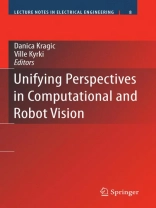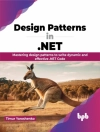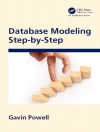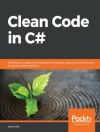Currently there is a gap between the research conducted in computer vision and robotics communities. There are many characteristics in common in computer vision research and vision research in robotics. Despite having these common interests, however, “pure” computer vision has seen significant theoretical and methodological advances during the last decade which many of the robotics researchers are not fully aware of. On the other hand, the manipulation and control capabilities of robots as well as the range of application areas have developed greatly. In robotics, vision can not be considered an isolated component, but it is instead a part of a system resulting in an action. Thus, in robotics the vision research must include consideration of the control of the system, in other words, the entire perception-action loop. This requires that a holistic system approach is useful and could provide significant advances in this application domain. Assembled here is a collection of some of the state of the art methods that are using computer vision and machine learning techniques and apply them in robotic applications.
Innehållsförteckning
Recent Trends in Computational and Robot Vision.- Extracting Planar Kinematic Models Using Interactive Perception.- People Detection Using Multiple Sensors on a Mobile Robot.- Perceiving Objects and Movements to Generate Actions on a Humanoid Robot.- Wald’s Sequential Analysis for Time-constrained Vision Problems.- Pose Estimation and Feature Tracking for Robot Assisted Surgery with Medical Imaging.- A Sliding Window Filter for Incremental SLAM.- Topological and Metric Robot Localization through Computer Vision Techniques.- More Vision for SLAM.- Maps, Objects and Contexts for Robots.- Vision-Based Navigation Strategies.- Image-Based Visual Servoing with Extra Task Related Constraints in a General Framework for Sensor-Based Robot Systems.












